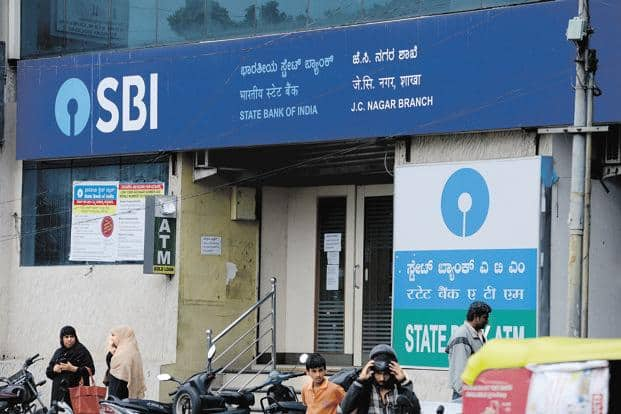The fast-paced nature of the modern business world means staying competitive often entails having the right, updated kind of machinery, technology, or even vehicles. Purchasing such expensive equipment outright, however, might not always be a viable option. Thus, companies prefer equipment leasing as an alternative. And when the choice of leasing is made, one has to ask the question: is it going to be short-term or long-term equipment leasing?
Getting to know the small yet big difference between short-term and long-term leasing and how one fits into the other with a set goal for a business is paramount. The article presents a whole blueprint on how short-term and long-term equipment leasing works in terms of features, merits, demerits, and how to spot your actual need for a lease-based scheme.
What Constitutes Equipment Lease?
Equipment lease is a type of arrangement by which a business leases equipment from a lessor for a fixed period. Thus, it allows a business to have at its disposal the equipment and technology it needs at an affordable price and minimal upfront costs. At the end of the lease term, the company may choose to renew the lease, return the equipment, or in some cases, purchase it.
Equipment leasing is especially beneficial for small and medium-sized enterprises that need to preserve capital, maintain flexibility, and adapt to changing market demands.
Short-Term Equipment Leasing: Definition and Benefits
Short-term equipment leasing usually involves lease agreements lasting from a few months to 24 months. It is suitable for companies engaged in temporary projects or those that require equipment for a very short period of time.
Advantages of short-term equipment leasing include:
- Flexibility: This allows companies to adapt quickly to evolving technology and market demands.
- Shorter commitment: Less-at-risk-it-is, as no long-term contracts are binding.
- Excellent for trial: Good if you want to check how well the equipment will work for you before investing in it for good.
Disadvantages would include higher monthly lease payments when compared to long-term leases. Yet, the change of equipment may warrant administration and downtime.
Long-Term Equipment Leasing: Meaning and Benefits
Generally, long-term equipment lease relationships are agreements with lease terms of two or more years. This option is appropriate for companies whose equipment is essential for daily functioning over a longer period of time.
Some advantages of long-term equipment leasing are:
- Lower monthly payments: Cost stretches over a long period, resulting in a reduced monthly burden.
- Stability and continuity: Avoid the hassle of constantly renewing the lease or replacing the equipment.
- Build relationships: Long-term agreements with an equipment lessor may generate opportunities for preferential treatment or discounts.
A disadvantage could be that long-term lease arrangements can be less flexible. If your equipment needs to be changed or newer technology becomes available halfway through the contract, you may be stuck with outdated equipment.
Business Equipment Leasing: How to Choose the Right Option
There are certain key factors to pay attention to when it comes to short-term versus long-term leasing of business equipment. The right choice can only be made by having a clear picture of what each of your operational needs are about, what your financial position is like, and which way you see your business trend to go along and tighten lending.
1. Budget and Cash Flow Flexibility
The available working capital and cash flow situation should always come to the vortex first when making this decision. If your business needs to keep expenses low on a monthly basis, long-term equipment leasing would be the best option. In contrast, if you can afford slightly higher monthly installments and want to keep away from this long-term commitment, you might consider short-term leasing.
2. The Nature of Your Equipment
Now you also have something to say about your lease decision. Suppose the equipment gets outdated rather fast: computers and technological devices, for instance. In that case, a short-term lease guarantees frequent upgrades. For heavy machinery or office furniture, durable kinds of equipment, long-term leasing should be the way to go.
3. Project Duration or Seasonal Need
The equipment lease should be taken on a shorter lease for the sort of enterprise that is in seasonal demand or is contracted for a short-term basis. Scaling up is an effective way to operate without putting in equipment that needs to be paid for or kept at the price. On the other hand, businesses with steady long-term equipment needs will find long-term leases more attractive due to their cost efficiency.
4. Future Business Plans
Have a think about the growth plans of your own company. If your business is a fast-growing or changing concept, then short-term business equipment leasing will allow for changes as and when required. On the other hand, more mature businesses with a clear long-term vision will probably prefer the financial certainty that comes with locking into a long-term lease.
5. Maintenance and Upgrades
Sometimes, equipment leasing agreements can include terms covering maintenance and upgrades. The short-term lease, if the newest technology is needed in the business, will be the better option because it usually allows the use of newer models more frequently. Long-term leases seem to offer better maintenance coverage, although they usually come with less frequent upgrades.
Final Thoughts
The right lease duration arises out of one’s present needs and vision for the folder. All in all, by really learning about and assessing his or her flexible budget, the nature of the equipment, concrete business growth plans, and future industry requirements, one attributes oneself to open the right door and make the valuable decision between the short-term and long-term leasing of business equipment.
Also, working with a trusted company for equipment leasing will make everything less stressful and more enjoyable so that it can really be a boon to your business’s success.








